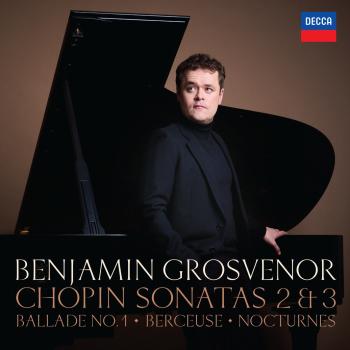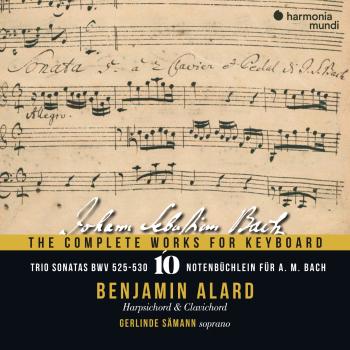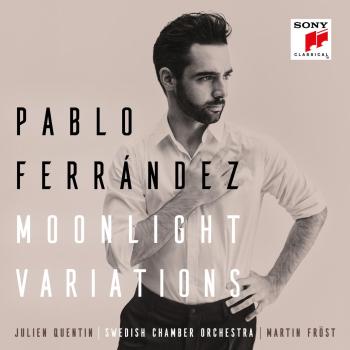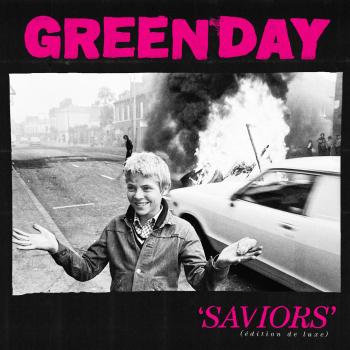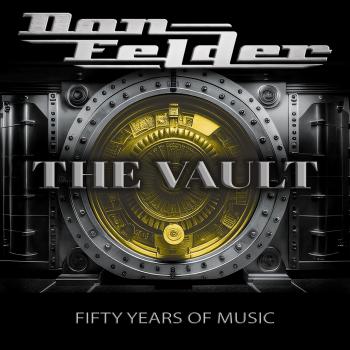
Album info
Album-Release:
2010
HRA-Release:
07.10.2010
Label: Katzenberger Music Production
Genre: Classical
Subgenre: Concertos
Artist: Barbara Höfling & Gráinne Dunne
Album including Album cover Booklet (PDF)
- 1 Frühlingslied, op. 47 Nr. 3 02:34
- 2 Suleika, op. 34 Nr. 4 02:32
- 3 Nachtlied, op. 71 Nr. 6 02:35
- 4 Auf dem Wasser zu singen D774 03:05
- 5 Geheimes D719 01:59
- 6 Suleika D 720 04:51
- 7 Lied der Mignon D877 Nr. 4 03:10
- 8 Lied der Mignon D877 Nr. 3 03:37
- 9 Heiß mich nicht reden, op. 98a Nr. 5 03:07
- 10 Aufträge, op. 77 Nr. 5 02:22
- 11 Ihre Stimme, op. 96 Nr. 3 01:53
- 12 Meine Rose, op. 90 Nr. 2 03:17
- 13 Notre Amour, op. 23 Nr. 2 01:54
- 14 La Fée aux Chansons, op. 27 Nr. 2 01:42
- 15 Les Berceaux, op. 23 Nr. 1 02:34
- 16 Soir, op. 83 Nr. 2 02:17
- 17 Clair de Lune, op. 46 Nr. 2 03:10
- 18 The Night 02:13
- 19 A Lullaby, op. 19 Nr. 2 02:01
- 20 Sleep 03:13
- 21 Dass sie hier gewesen! 04:19
- 22 Special Track 1 02:32
- 23 Special Track 2 02:29
- 24 Special Track 3 02:29
- 25 Special Track 4 02:29
Info for KMP 01
The production 01 of the KATZENBERGER MUSIC
PRODUCTIONS, record label features a musical journey into the Lied genre, taking listeners to Germany, France and England. In addition to classical examples by Franz Schubert, this also features musical treasures by, for example, Gabriel Fauré or Ivor Gurney. Barbara Höfling, who will debut at the 2011 Salzburg Festival, easily adapts to the different styles and emotional complexity of the compositions thanks to her warm mezzo-soprano. She is accompanied on the grand piano by Gráinne Dunne.
What has played a pivotal role when selecting the pieces was giving a broad overview of the expressive opportunities of the Lied genre – an overview that is guaranteed to surprise even most sophisticated connoisseurs of this genre. Just listening to Franz Schubert, founder of the Lied genre, will enable you to immerse yourself in a world of multifaceted emotions put into music: ranging from transfigured diffidence (“So lasst mich scheinen”) to unfulfilled longing (“Lied der Mignon”) and a tearful farewell song (“Suleika”).
However, the other German composers Felix Mendelssohn Bartoldy and Robert Schumann also provide profound insights into their creative power: unconstrained cheerfulness (“Frühlingslied”) and vibrant emotional realms (“Heiss mich nicht reden”) are only two examples.
By including Gabriel Fauré, works by a very unjustly little-known composer have been selected. As to the “Mélodie”, the French equivalent to the German Lied genre, he creates a world of sound in its own right (“Notre Amour”, “Les Berceaux”, “Soir” etc.).
Peter Warlock’s, Charles Stanford’s and Ivor Gurney’s works clearly demonstrate that besides a song tradition, an independent Lied culture was able to gain a foothold in England around the year 1900. The overriding theme of these composers’ works is evening/night marking the harmonious end of this production.
Including an extensive booklet and some unique specials, this one hour feast for the ears will seem to fly by in no time at all: Enjoy!
DYNAMIC RANGE: DR 19
Dynamic range describes the ratio of the softest sound to the loudest sound in a musical instrument or piece of electronic equipment. This ratio is measured in decibels (abbreviated as dB) units.
DR (or Dynamic Range) is a term for the degree of dynamic variation within a piece of music or album. Low values (e.g. DR3) reflect a high abuse of compression. Tracks that are DR3 have a range of three decibels between the average and peak program signal. A natural recording, with a low amount of dynamic processing, would have a much higher DR value (e.g. DR12+). The DR system is intended to avoid black and white judgment of dynamic quality. While DR7 is low for rock music or very low for Jazz, it is quite acceptable for electronic club music which has nowadays often values below DR4. All values above DR12 have generally a high dynamic quality.
No biography found.
Booklet for KMP 01

